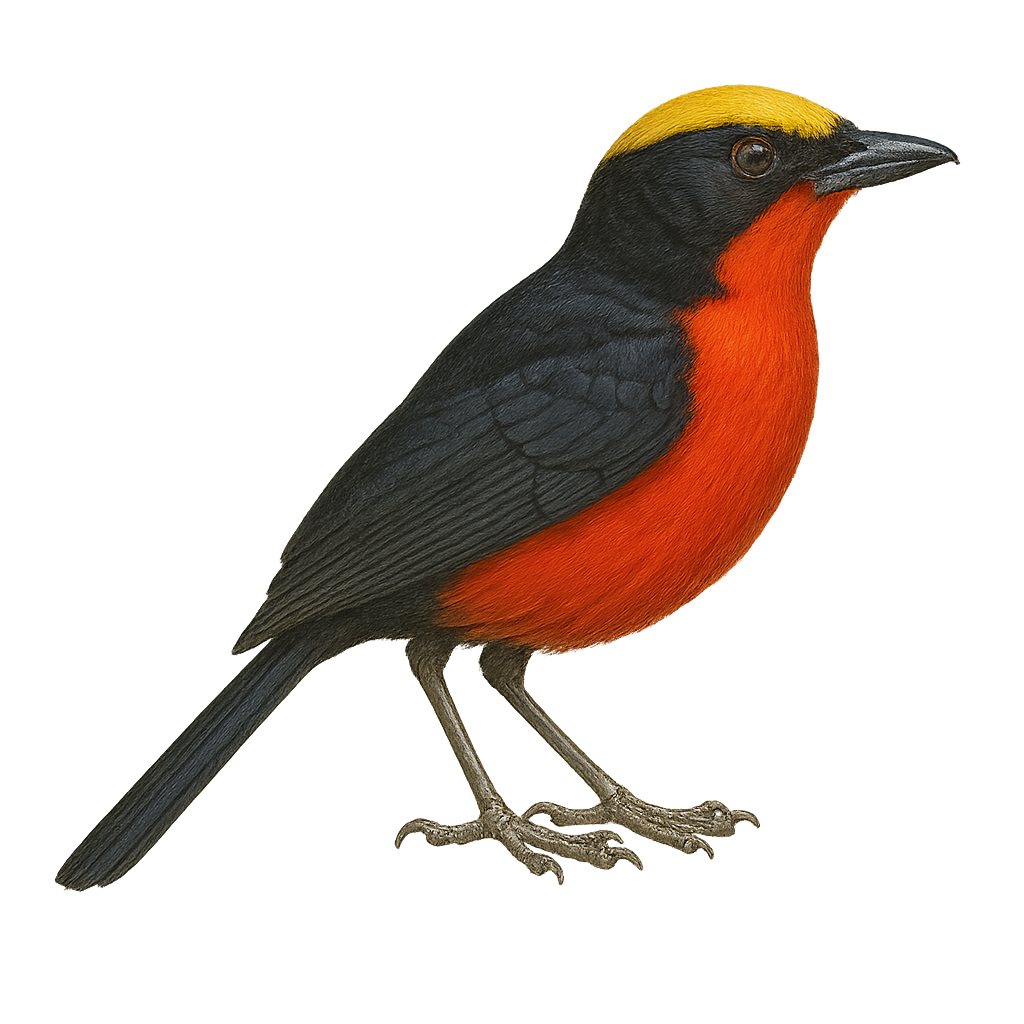Your wildlife photography guide.
Explore the west african boubou in detail, study its behavior, prepare your shots.
Where to observe and photograph the west african boubou in the wild
Learn where and when to spot the west african boubou in the wild, how to identify the species based on distinctive features, and what natural environments it inhabits. The WildlifePhotographer app offers tailored photography tips that reflect the west african boubou’s behavior, helping you capture better wildlife images. Explore the full species profile for key information including description, habitat, active periods, and approach techniques.
West African Boubou
Scientific name: Laniarius barbarus

IUCN Status: Least Concern
Family: MALACONOTIDAE
Group: Birds
Sensitivity to human approach: Suspicious
Minimum approach distance: 10 m
Courtship display: June to July
Incubation: 14-16 jours
Hatchings: June to August
Habitat:
Savannas, open forests, shrublands
Activity period :
Primarily active during the day, with peak activity in the morning and late afternoon.
Identification and description:
The Laniarius barbarus, commonly known as the West African Boubou, is a bird with distinctive plumage, featuring a bright yellow breast contrasting with a black back. It is primarily found in West Africa, inhabiting savannas, open forests, and shrublands. This bird is known for its melodious song and harmonious duets with its partner. It primarily feeds on insects but can also consume fruits. The West African Boubou is a territorial bird, often seen alone or in pairs. Its ability to blend into its environment sometimes makes it difficult to spot, despite its vibrant colors.
Recommended lens:
400 mm – adjust based on distance, desired framing (portrait or habitat), and approach conditions.
Photography tips:
To photograph the West African Boubou, it is advisable to use a 400mm or longer telephoto lens to capture detailed images without disturbing the bird. Look for it in savannas or open forests, where it is often active during the day. Be patient and discreet, as this bird can be suspicious. Take advantage of the early morning or late afternoon hours to benefit from soft, natural light.
The WildlifePhotographer App is coming soon!
Be the first to explore the best nature spots, track rutting seasons, log your observations, and observe more wildlife.
Already 1 431 wildlife lovers subscribed worldwide

